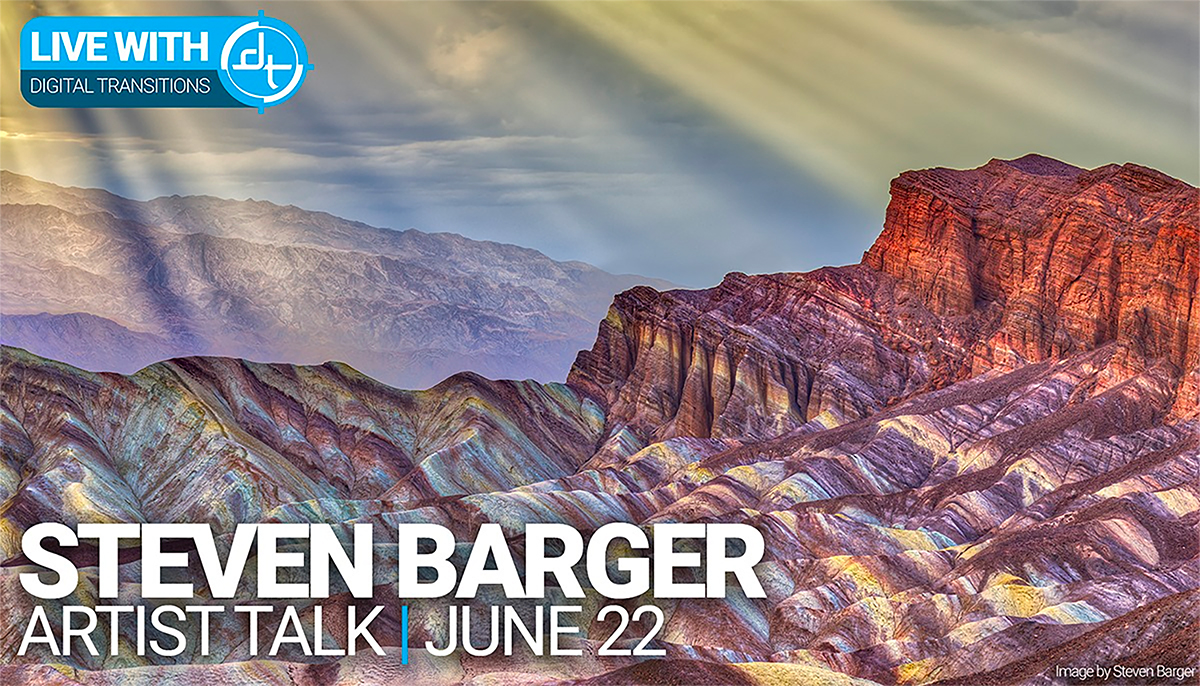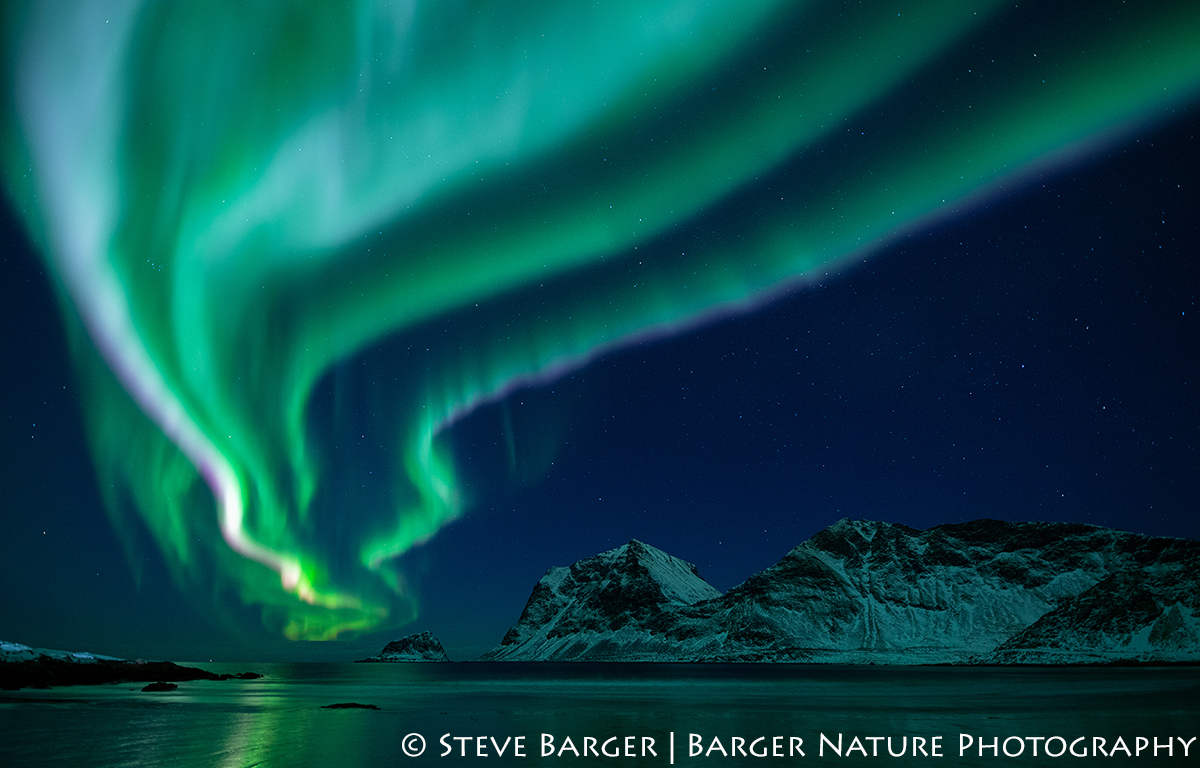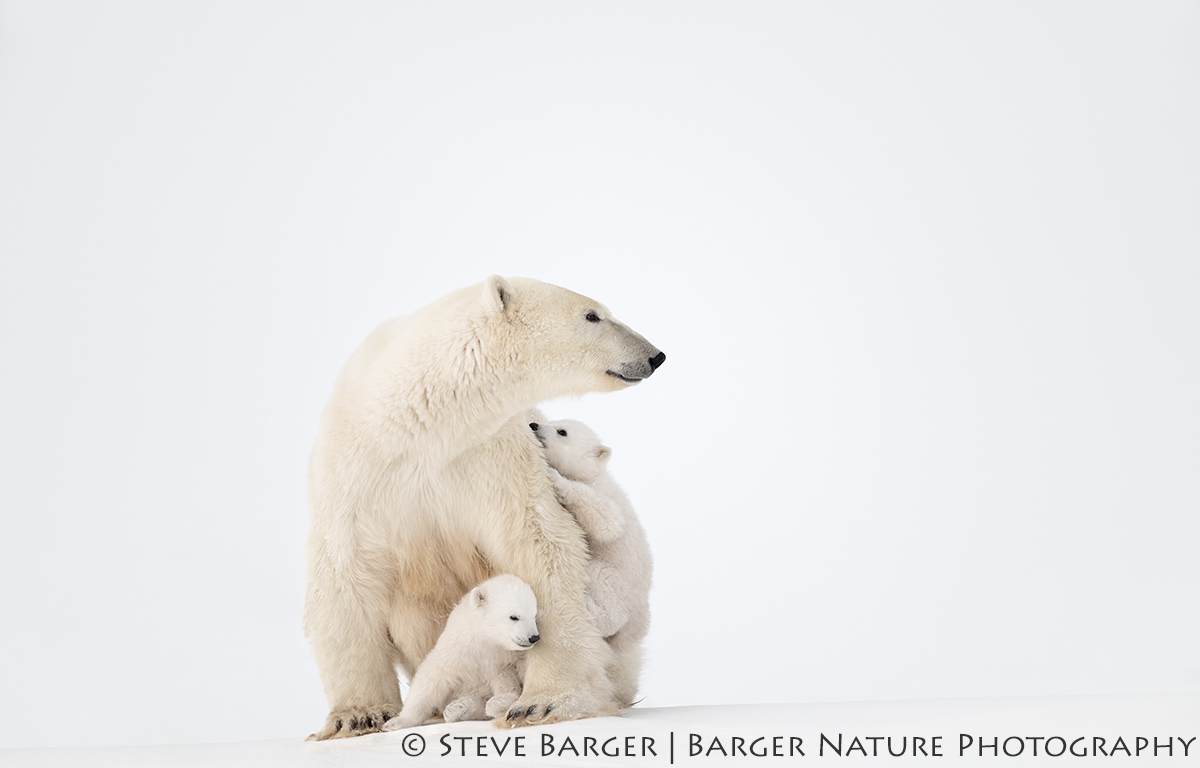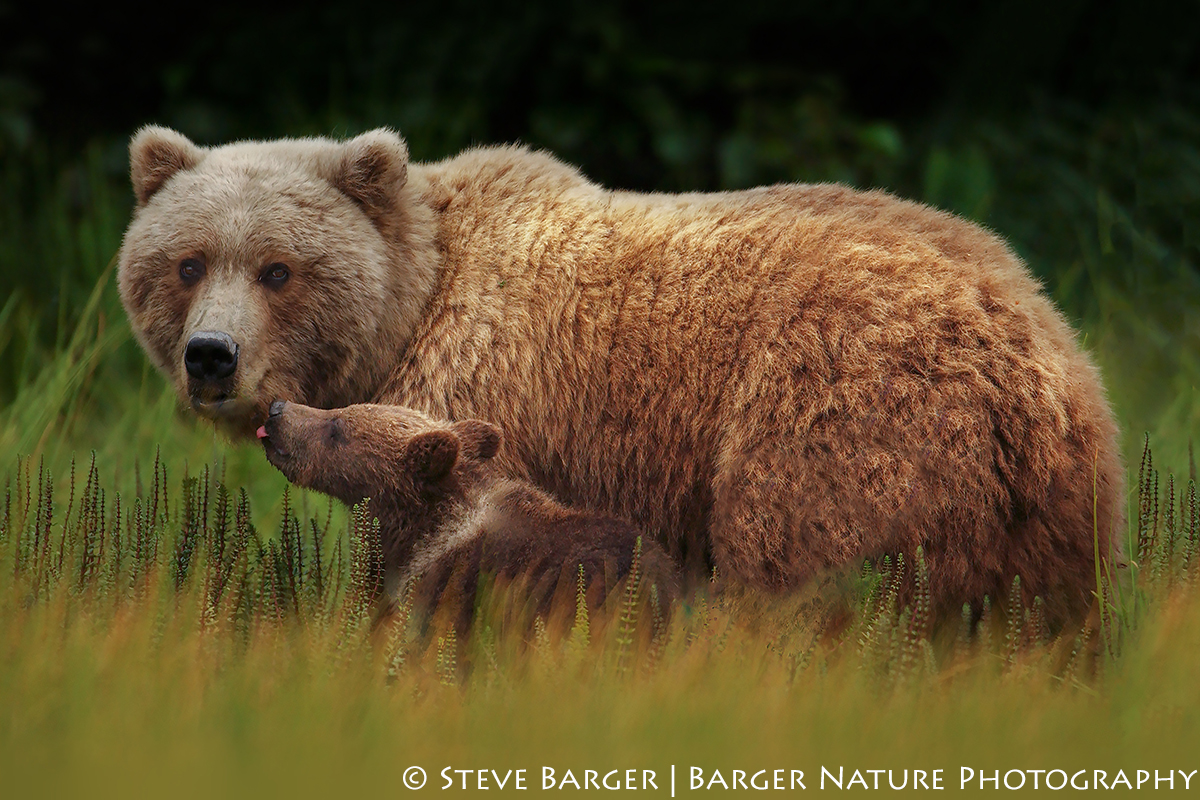Earlier this year, I had the opportunity to travel to Ontario Canada to photograph snowy owls, Bubo scandiacus. Fortunately, the population of owls was very healthy, so locating a good photographic subject was not that difficult. The weather proved to be more difficult ranging from sunny days to days with horizontal blowing snow to days with freezing rain. During the week we had plenty of opportunities to photograph owls perched on fence posts, on the ground, taking off, landing, and performing in-flight acrobatics. All these images would make nice additions to my image files, but I was looking for something different.
Snowy owls are easy to recognize; they have yellow eyes, and black beaks. Males are virtually pure white while females are white with dark spots. They are large birds, with a wing span up to 59 inches. The can weigh as much as 6.5 pounds with a life span of over 9 years. They also have thick plumage and heavily feathered feet. These characteristics make it well-adapted for survival in regions above the Arctic Circle. Snowy owls make their summer breeding home north of latitude 60 degrees north. Due to fluctuations in the population of their food supply, lemmings and other small rodents, they may be forced to relocate. They nest on the ground in a location with good visibility. Depending on food supply, females can lay from 3 to 11 eggs over the course of several days. During the winter, snowy owls will relocate farther south depending of the presence of their food supply. In addition to lemmings, snowy owls feed on meadow voles, deer mice and will also take advantage of larger prey including ptarmigan, ducks, geese, shorebirds, etc. Their hunting style is “sit and wait”, and they are diurnal hunters. During the winter, snowy owls can eat up to 12 rodents per day.
All week, I kept looking for opportunities to capture a series of snowy owl images that would make a nice sequence. Finally, late in the afternoon of the last day that opportunity arrived. Perched on a fence post in an icy field was a beautiful female snowy owl. The fence post had a nice angle to it, and the background consisted of blue sky with trees far in the distance that would render as an out of focus wash of brown color in the image, nice and simple. All I had to do was navigate the icy field to strategically position myself without disturbing the owl. I quickly mounted a 500mm lens on the camera. Anticipating that I would be taking flight shots, I left my tripod behind. Flight photography is best-accomplished hand holding the camera and lens.
Considering the available light, lens speed, and ISO capability of the camera I was using, I knew that I would have sufficient shutter speed for sharp flight images. Carefully, I traversed the icy field to a predetermined spot far enough away from the snowy owl not to disturb her while being careful not to fall on the ice. Fortunately, I arrived at my preselected spot in the frozen field with the owl still perched on the post. I think that she was preoccupied with two other snowy owls in the distance. Now all I had to do was stay focused on the perched owl and wait for takeoff. After approximately 15 minutes, she finally decided to leave her perch and take off. I was able to fire off a sequence of 10 images, including her taking off and then in-flight shots.
Once back home, I could sit back and review my images from this sequence and decide how best to display them. I wanted the images to tell a story, something more than images of a snowy owl in flight. After some thought, I decided that a panorama consisting of several flight shots would accomplish what I wanted.
Each image needed to satisfy a very definite set of criteria. First, her eyes must be focused on me. This establishes contact between the viewer and the subject throughout the sequence. Secondly, the line of trees in the background of each image must be aligned so that when merged, it will create a nice pleasing continuous line. The end result needed to render the trees in the background as they appeared in real life when the images were captured. And finally, the wing positions in each image and the placement of these images in the panorama must demonstrate flight. This is to say that as the viewer scans the panorama from one edge to the other, the owl will appear to be flying. Think of it as a static sequence.
After making a minor contrast adjustment to all of the images, each image was moved into its own separate layer in Photoshop. The first image where the snowy owl was perched became the background layer. The layers were then blended together in Photoshop to create the panorama you see here.
Pre-planning and visualizing ahead in the field made it much easier to create the final image with minimal work in Photoshop. Following is a list of the steps used to create the panorama in Photoshop.
- Select the images to be used to create the panorama.
- Perform minor batch adjustments on the images. The goal is to maintain consistence between the images. For the images I selected, all that was needed was a curves adjustment and removal of a couple of dust spots.
- Save each image with the adjustment layers.
- Since there was not sufficient detail in each image for Photoshop to perform an auto-alignment, I knew that I would need to manually place each image in its location in the panorama. So, at this point, I cropped each image as I wanted it to appear in the final panorama.
- Save each cropped image with all adjustment layers.
- Flatten the adjustment layers in each image to be used to create the panorama and save.
- Since the snowy owl perched on top of the fence post would be the first image used in the panoramic sequence, I then made a copy of the background layer. Also I increased the canvas size to the final size of the panoramic.
- Select and move the remaining images in the order of placement in the panoramic sequence onto the first image making sure that each image appeared in the location that I wanted for the final product. Each image will appear as a separate layer.
- Select the layers to appear in the panorama and perform an auto-blend of these layers.
Below is the final wildlife panoramic image.






